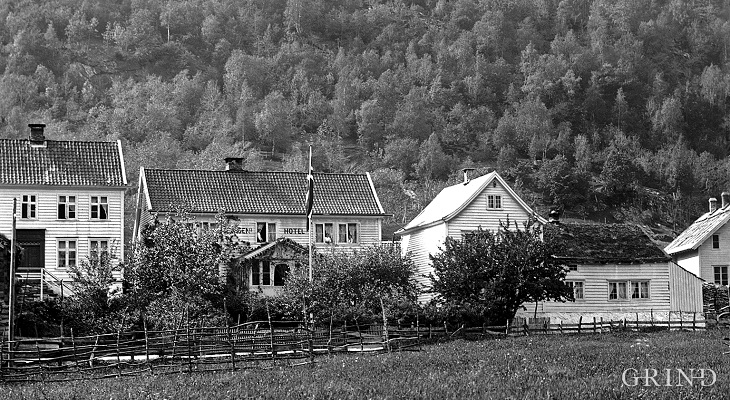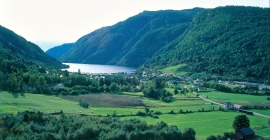Amongst the demands the Norwegian nobility set for the Danish-Norwegian election of Kings, to be included in the coronation charter, was that they should be entitled to free transport in the same way as the Danish one. After this both the nobility and the state officials could easily order free transport, both for themselves and for their family and friends. In 1632 there is a statement that “Graven for the time being is fully preoccupied with transportation of those travelling up and down Voss”. The duty to provide transport was in truth often regarded as a compulsion, and when the regulation on transport came in 1648, transport agents were employed to organise the farmers with transport duty in the area. Such an “ordering exchange” was established at Eide, and in many places the transport station was also obliged to run a guesthouse.
In the 1600s it is said about Eide: “The Parish of Graven’s Inn at the Sea is an Age-old Guesthouse and Trading Post”. The first guesthouse keeper on record was Mads Rasmussen, who lived here in 1674. In 1716 Olav Pyck took over the guesthouse place and the trading, and the place was in his family up to 1852, when Kristi Kongstun sold it to Anders Jaunsen from Bergen. It was Jan Hansen Pyck who built the guesthouse in the first half of the 1800s. The residence beside it was built in 1852, while the Court building has been moved up from the sea, where the trading place with the trading store was formerly situated.




